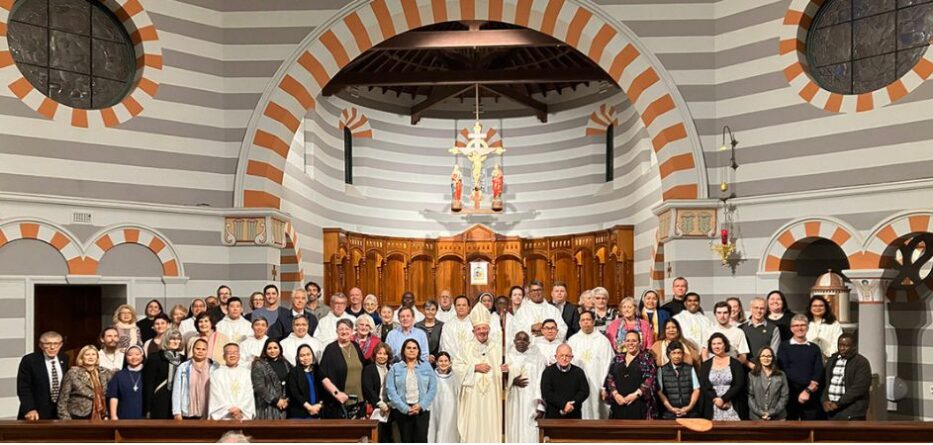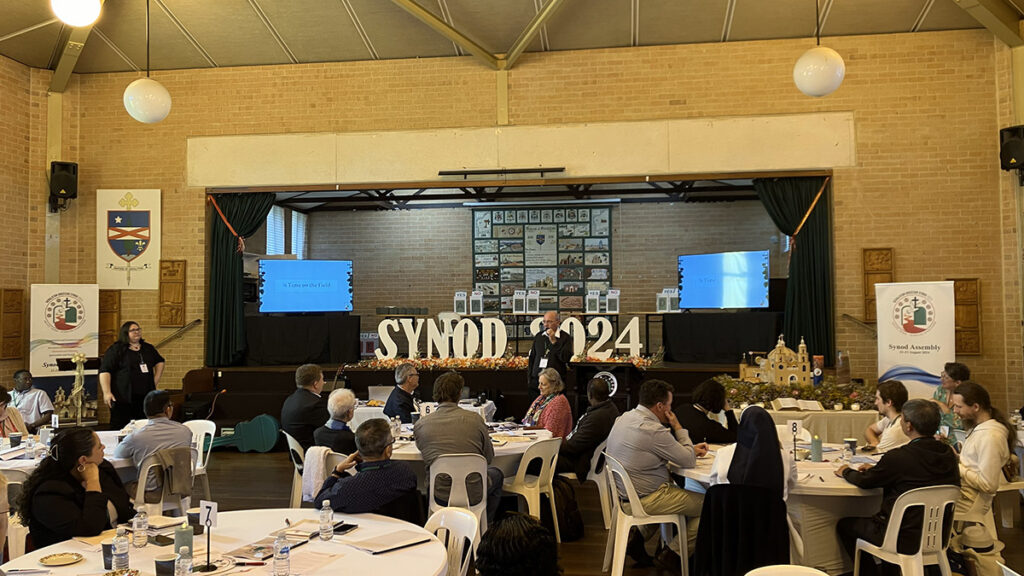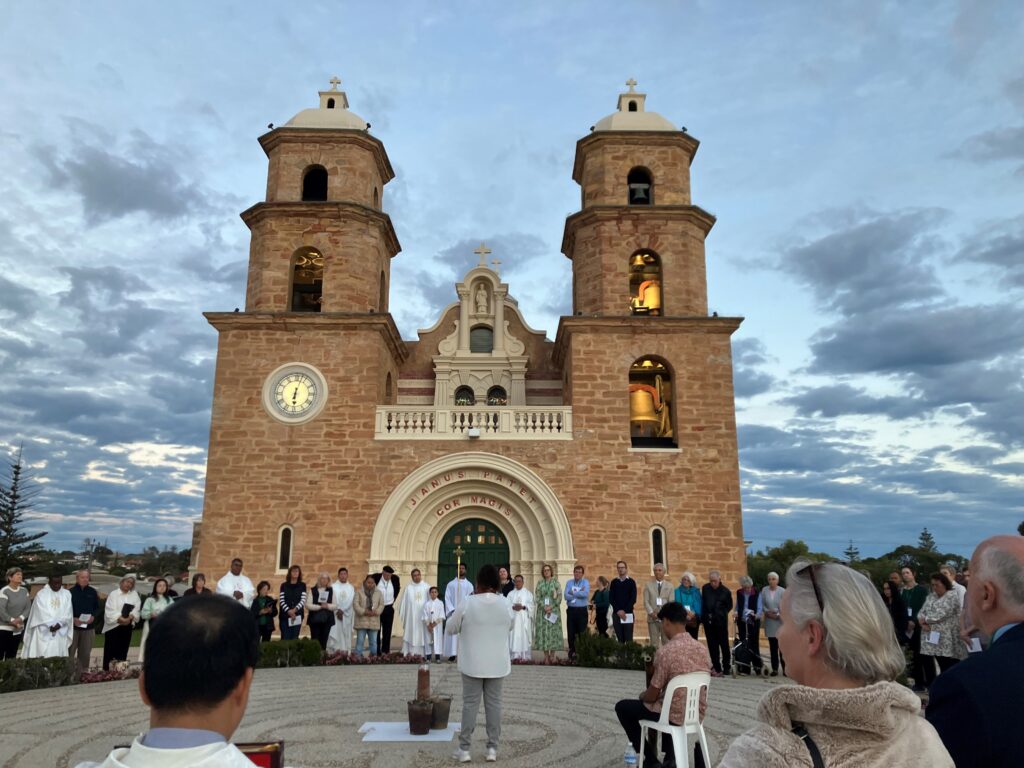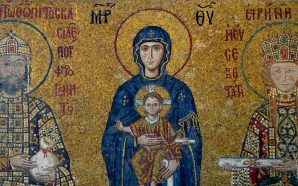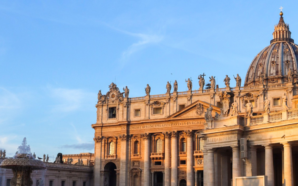If there is a diocese in Australia that is the most different to Parramatta, the giant, rural, sparely populated West Australian diocese of Geraldton would surely be in the running.
But when it comes to the journey that both dioceses have taken towards holding a synod, there are distinct similarities. And that’s because the model that Parramatta developed for its Synod in 2023 – with input from experts in other dioceses – was the one broadly adopted by Geraldton during its synodal journey, which concluded with its Synod in August.
Parramatta was the first Australian diocese to hold a synod, following the decree by the Plenary Council in 2022 that all dioceses had five years in which to hold one.
Geraldton, through its Bishop Michael Morrissey, also decided pretty quickly that they would begin the synodal journey, and started looking at the model that Parramatta had developed. This was followed up with a visit to Geraldton by Qwayne Guevera, the lead facilitator for Parramatta’s Synod, who explained this model in more detail.
“Parramatta’s way of synodality was very much the model that they took on, and then made it their own to better suit their local context,” said Alison Ryan, from Parramatta’s Mission Enhancement Team, who was one of two facilitators at the Geraldton Synod.
As part of this model, Geraldton set up an initial listening process around the Diocese, as Parramatta had done. This was no easy feat, given the long distances between towns and communities in a diocese of 1.3 million square kilometres.
Then a writing group gathered and distilled these ideas into a working document that laid out what they had been told the diocesan community wanted, and how they wanted to get there. Another element of the Parramatta model.
Alison said that almost immediately after this working document was produced Geraldton Bishop Michael Morrissey could see that the synodal journey would be a success.
“He said the working document made him feel much more confident because it captured something in the diocese that he couldn’t, as one person in this giant area,” she said.
When it came to the Synod itself, another key element of the Parramatta model adopted by Geraldton was that of “spiritual conversations” among the more than 70 participants who attended during the three days. They included lay people, year 11 students from the local Catholic college, religious sisters and clergy.
These conversations allowed everyone time to speak to the questions that were asked during the sessions, and then a further period to respond after hearing everyone else’s thoughts at their table.
“This is where real gold comes from because it’s the point where we say ‘I’m going to let go of my thoughts and my opinions and I’m going to listen to what the Spirit’s doing in the people around me’,” Alison said.
The feedback from participants after the Synod had finished was “brilliant”, she said, because many told her they often didn’t get a chance to speak at meetings in their parishes or their schools.
“Someone always gets overlooked, or there’s always a dominant person on the table. This process settles those people down and for those that really struggle to lift up their voice, it forces them to do it, in a nice way. It says, ‘hey, your voice here is valuable to the larger experience of synod’,” she said.
The nature of the mid-week event in Geraldton meant that many participants couldn’t go home each evening because the distances were too far. Alison said this gave the process a special “holiness”.
“There was definitely that respect and understanding even when it got tiring. Even when it got hard they said ‘Yes, I’m here for that’.”
The Geraldton synod heard from “people from all parts of world”, a large number of Indigenous leaders, young people’s perspectives, and stories of community needs, she said.
When it came time to voting, all 20 resolutions passed convincingly, “which said something about how well the working document listened to the people”, Alison said.
“It also said something about the unity in the room, not because they all came from the same experiences by any means, but because they spent that time in prayer and thought, and sharing and hearing voices from the floor.”
Bishop Michael told The Record, the Archdiocese of Perth’s magazine, after the synod had concluded that he was delighted with how Geraldton had responded to the synodal process.
“It gives me great joy that clergy, lay people, young and old who have a diversity of faith experience can work together in unity as one body of Christ.
“I approach this future with an open heart”, he said.




